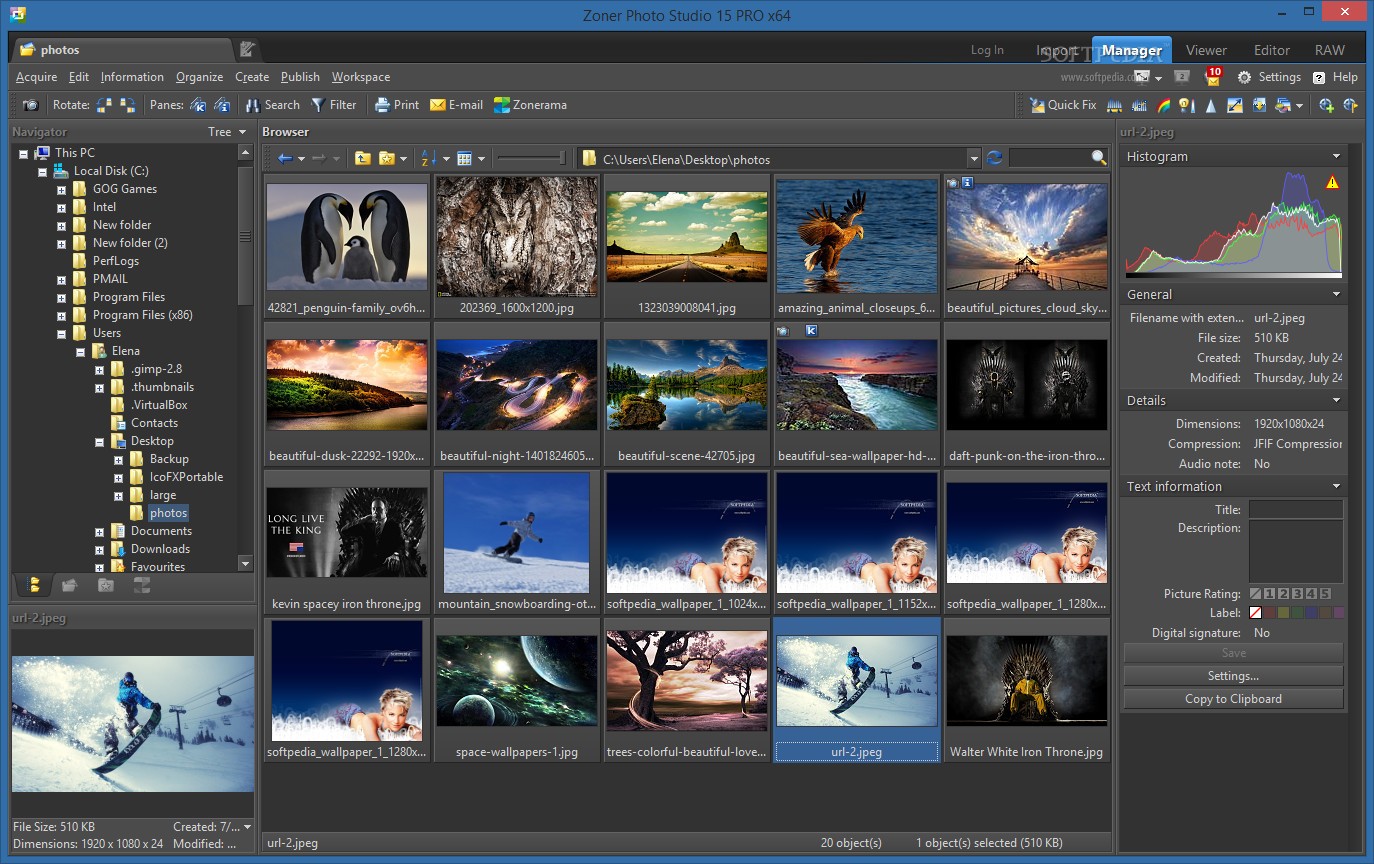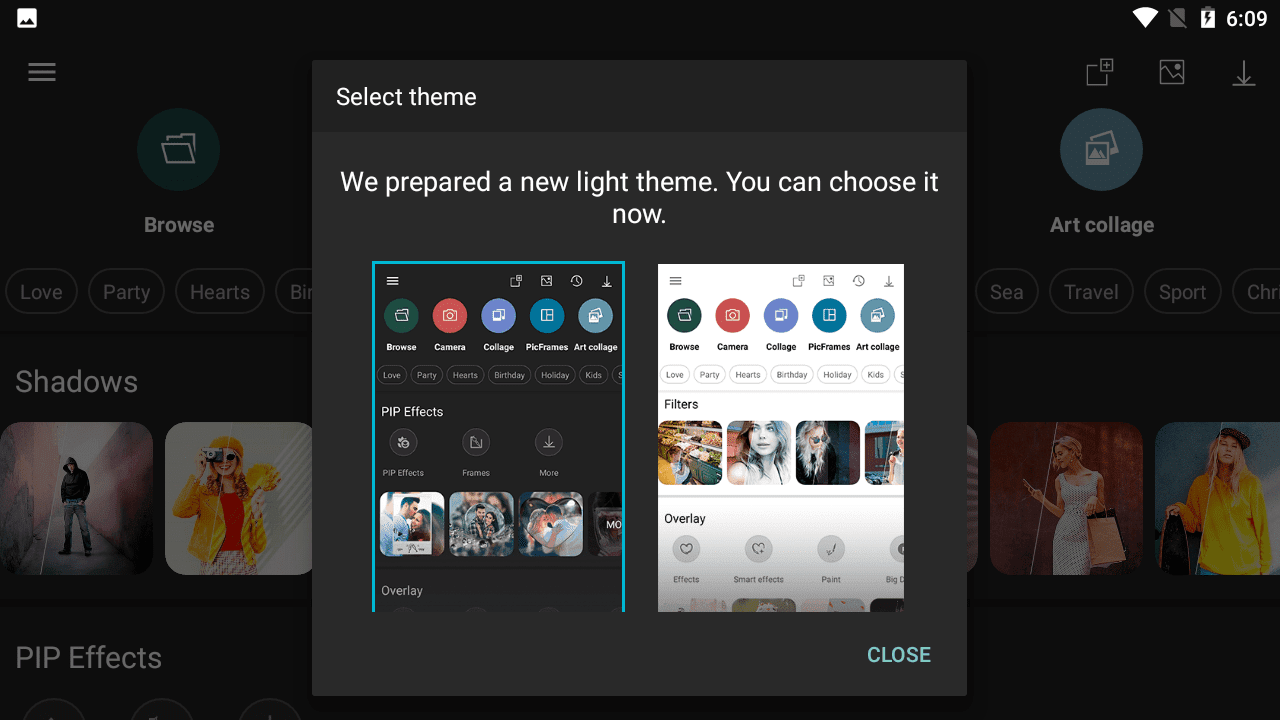

- #Snapshot studio professional how to#
- #Snapshot studio professional software#
- #Snapshot studio professional windows#
In the latter case it is quite necessary to clean out those junk files from your Mac for complete removal.įor some novice users, they may have no idea how to remove SnapShot Studio Professional in a proper way. These vestiges can be very small in size, thus leaving them alone may not affect your Mac performance, yet they can also be a large chunks of useless files that occupy a large portion of your hard drive space.

#Snapshot studio professional software#
However, a fact is often neglected that, even the stand-alone software may might still leave its configuration and preferences files on multiple system directories after you carry out a basic uninstall. Generally speaking, most Mac applications are separate bundles that contain the executable and any associated resources for the app, and therefore users can easily remove any unwanted software (if they are installed properly) from their Macs. In normal cases Mac users just need to simply drag and drop the target app to the Trash and then empty the Trash to perform the standard uninstallation.
#Snapshot studio professional windows#
Uninstalling applications in macOS/Mac OS X is quite different from that in Windows operating system. Things you should know about Mac app removal: How to uninstall SnapShot Studio Professional on Mac computer? If you encounter problem when trying to delete SnapShot Studio Professional as well as its associated components, read through this removal tutorial and learn about how to perfectly remove any unwanted applications on your Mac. Please note that JMU does not grant transfer credit for the 101-102 levels of a foreign language that a student studied for two or more years in high school.SnapShot Studio Professional Removal Tutorial - How to Easily Uninstall SnapShot Studio Professional Students pursuing a BA degree must demonstrate proficiency in a foreign language (either through the JMU foreign language placement exam or coursework).See the admission requirements and use the links below to learn more about the application process.

All education students must apply and be admitted to Teacher Education. For more information contact the Art Education Coordinator, Dr. Art Education - students desiring PK-12 teaching licensure in art must complete 23 credits of additional course work in art education, education and psychology, and 16 credits of student teaching.

It is possible for students to receive upper division studio art credit in transfer, however course content (course description, course syllabi, and/or samples of work done in class) may be required to determine transferability.Please Note: Architectural, Graphic and Industrial Design are now listed as separate majors please refer to the major guides index to view those major guides. See the department's web site for review dates and more information on the portfolio. Students must submit a portfolio of their work in order to be considered for admission to the art program.Please be sure to read the advising notes for additional information on the major. Rather, it’s designed to help you meet JMU major requirements before you transfer, and be better prepared to progress through the major once you arrive at JMU. Not all courses may be offered at your community college, and you are not required to complete all these courses in order to transfer. Please Read: This major guide is a list of all possible major courses offered in the Virginia Community College System. JMU Course: EDUC 200, Foundations of American Education NOTE: Required for students pursuing teacher licensure.VCCS equivalents: PSY 230 or PSY 231 and 232.JMU Course: PSYC 160, Life Span Human Development JMU Course: ART 106, Three-Dimensional Design JMU Course: ART 102, Two-Dimensional Design JMU Course: ARTH 206, Survey of World Art II: Renaissance to Modern JMU Course: ARTH 205, Survey of World Art I: Prehistoric to Renaissance NOTE: The word "AND" between VCCS course numbers indicate JMU credit will be awarded for the completion of the VCCS sequence. Major requirements and their VCCS equivalents (and RBC equivalents if applicable) Concentrations: For the B.F.A.: Ceramics, Fiber Arts and Weaving, Metals and Jewelry, Painting and Drawing, Photography, Printmaking and Sculpture


 0 kommentar(er)
0 kommentar(er)
